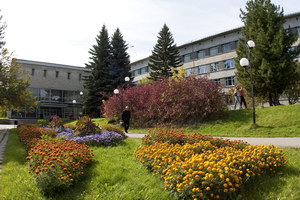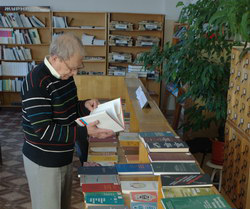Unstratified downdraft gasification: Conditions for pyrolysis zone existence

Traditionally, the process of downdraft gasification is considered as a sequence of conversion stages, primarily running in separate reaction zones of a bed. These zones include the zones of fuel drying, pyrolysis, oxidation and reduction. There are experimental data and modeling results that do not agree with the classical ideas about the stratified nature of the process. According to these data, we put forward a hypothesis about the existence of unstratified gasification mechanism. In accordance with the proposed hypothesis, the fuel bed does not have separate reaction zones and the conversion process runs and finishes mainly near the point where gasifying agent enters the reactor. We carried out experiments in a transparent quartz reactor to study the hypothesis. The experiments included visual observation of the fuel bed, temperature measurement of a bed particle, as well as reactor cooling and an analysis of thermal conversion of individual parts of the bed. The experiments established the conditions when the pyrolysis zone existed or did not exist. With a velocity of the fuel bed motion up to 1-1.5 cm/min, the pyrolysis zone is formed above tuyeres through which air is supplied to the bed. In the case that the velocity of the bed motion exceeds this range, the pyrolysis zone disappears and supply of uncharred fuel to the zone of tuyeres starts. The unstratified gasification that has no pyrolysis zone is characterized by low sensitivity of gas composition to a variation in the gasifier capacity and high cold gas efficiency. © 2019 The Authors. Published by Elsevier Ltd. This is an open access article under the CC BY-NC-ND license (http://creativecommons.org/licenses/by-nc-nd/4.0/) Peer-review under responsibility of the scientific committee of ICAE2018 - The 10th International Conference on Applied Energy.
Библиографическая ссылка
Svishchev D.A., Kozlov A.N., Penzik M.V. Unstratified downdraft gasification: Conditions for pyrolysis zone existence // Energy Procedia. Vol.158. 2019. P.649-654. DOI: 10.1016/j.egypro.2019.01.177
Скопировать
WOS
SCOPUS



